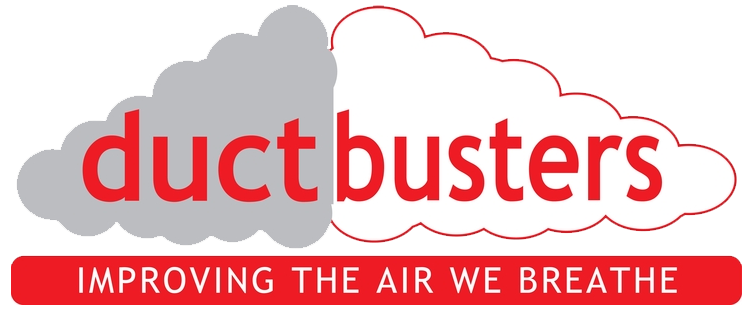As we step into 2024, maintaining fire damper compliance is not only a legal necessity but also a critical aspect of building safety. Fire dampers play a crucial role in preventing the spread of fire and smoke through ductwork in buildings, safeguarding lives and property. This article delves into the current guidelines, including the best practices advocated by the Building Engineering Services Association (BESA), legal compliance requirements in the UK, and the importance of regular maintenance.

Understanding Fire Dampers
Fire dampers are essential safety components installed in the ductwork of heating, ventilation, and air conditioning (HVAC) systems. They automatically close in the event of a fire, preventing the passage of flames and smoke through duct openings and maintaining the integrity of fire-resistant barriers.
Legal Compliance and Best Practices
UK Legal Requirements
In the UK, the Regulatory Reform (Fire Safety) Order 2005 mandates that all non-domestic buildings must have adequate fire safety measures in place, including properly maintained fire dampers. Building owners and managers are responsible for ensuring these safety devices are installed and maintained in accordance with the law.
BESA Best Practice
BESA's "Guide to Good Practice: Fire Dampers" provides comprehensive guidelines for the installation, inspection, and maintenance of fire dampers. According to BESA, fire dampers should be:
Inspected upon installation and at least every 12 months thereafter.
Tested for proper operation and closing performance.
Maintained and repaired by qualified personnel to ensure they function correctly during a fire emergency.
Types of Buildings and Specific Considerations
Different types of buildings have varying fire safety requirements based on their occupancy, structure, and usage. For example:
Commercial Buildings: High-occupancy office spaces must have regular fire damper inspections to ensure employee safety and compliance with stringent fire safety regulations.
Healthcare Facilities: Hospitals and care homes require more frequent checks due to the vulnerable nature of their occupants.
Educational Institutions: Schools and universities need reliable fire safety systems to protect students and staff.
Residential Complexes: Multi-story residential buildings must have fire dampers in place to prevent fire spread between apartments.
Frequency of Maintenance and Inspections
The BESA guidelines recommend that fire dampers be inspected and tested at least once a year. However, the frequency might increase based on the building type, occupancy levels, and specific risk assessments. Regular checks ensure that fire dampers operate effectively, reducing the risk of fire spread and ensuring the safety of occupants.
Fire Damper Facts and Statistics
Fire Incidents: Over 40% of fire-related deaths are due to smoke inhalation, which properly functioning fire dampers can help mitigate.
Compliance Rates: Buildings with regular maintenance schedules have a 30% higher compliance rate with fire safety regulations compared to those without.
Safety Implications
Proper maintenance of fire dampers is vital for ensuring safety. Neglected dampers can fail to close during a fire, allowing smoke and flames to spread rapidly, endangering lives and causing extensive property damage. Regular inspections and timely repairs significantly reduce these risks, providing peace of mind to building occupants and owners.
Ductbusters' Planned Maintenance Contracts
At Ductbusters, we understand the importance of keeping your building compliant and ensuring the safety of its occupants. Our Planned Maintenance Contracts offer a comprehensive solution for maintaining and repairing fire dampers. We provide:
Scheduled Inspections: Regular checks to ensure fire dampers are in optimal condition.
Maintenance and Repairs: Prompt service to address any issues and maintain compliance with legal standards.
Documentation: Detailed reports of inspections and maintenance activities, helping you stay organized and compliant with regulatory requirements.
By choosing Ductbusters, you can rest assured that your fire safety systems are in expert hands. We prioritize safety and compliance, making it easier for you to focus on your core operations without worrying about fire safety breaches.
Conclusion
Fire damper compliance in 2024 is not just about meeting legal requirements; it's about safeguarding lives and property. With the right maintenance and inspection regime, building owners can ensure their fire dampers are always ready to perform when needed. Ductbusters is here to help you achieve and maintain compliance, providing expert service and peace of mind. Contact us today to learn more about our Planned Maintenance Contracts and how we can help keep your building and its occupants safe.


Comments